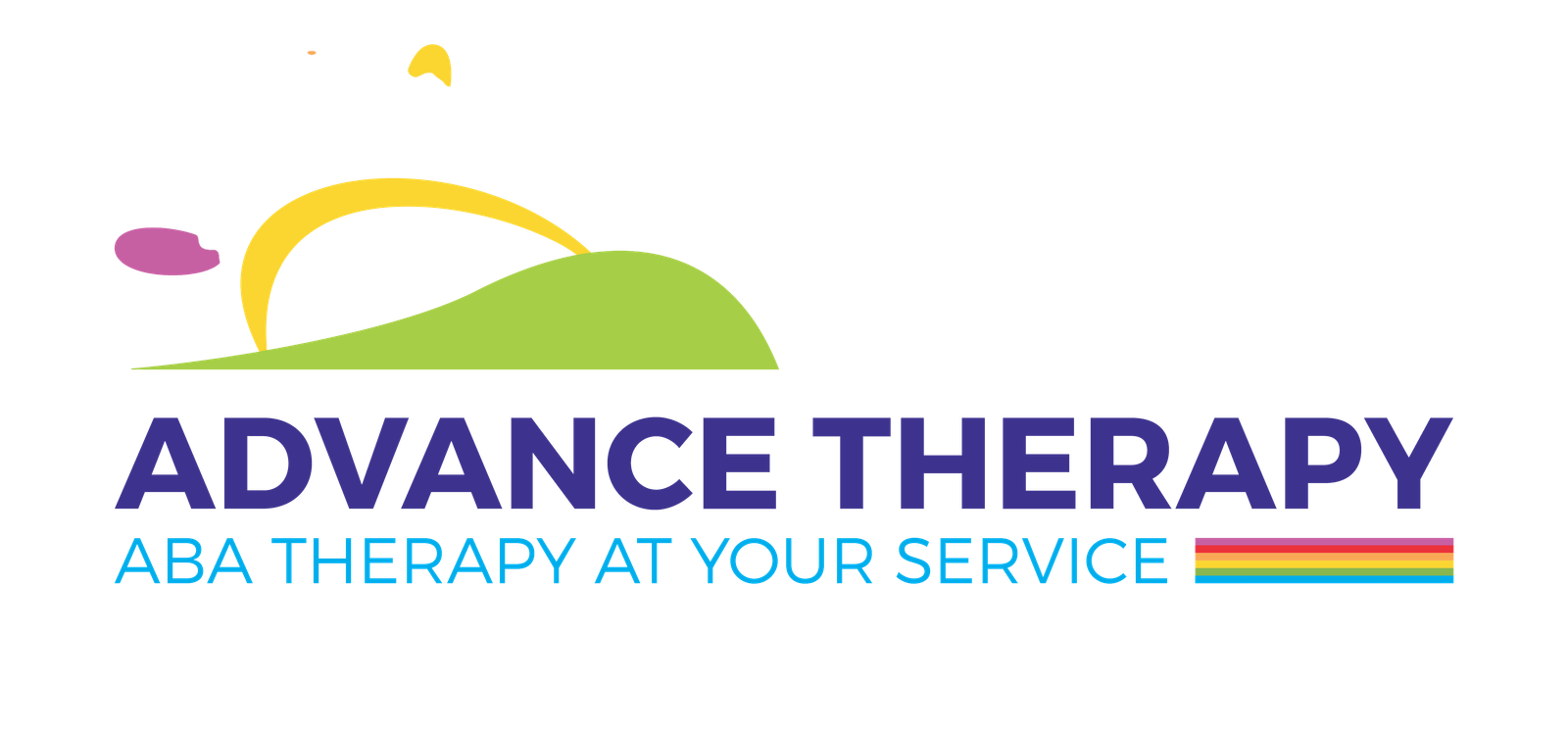Understanding ABA Therapy and Its Costs
What is ABA Therapy?
ABA therapy is a scientifically validated approach to treating autism and related developmental disorders. It focuses on improving specific behaviors, teaching functional skills, and reducing challenging behaviors. The therapy is highly personalized, data-driven, and requires consistent implementation over time, often involving multiple hours per week of structured sessions.
Factors That Influence the Cost
The cost of ABA therapy varies widely based on several factors:
Location: Urban areas often have higher rates due to increased demand.
Intensity of Services: More hours per week generally lead to higher costs.
Type of Provider: Board Certified Behavior Analysts (BCBAs) charge more than Registered Behavior Technicians (RBTs).
Insurance Coverage: Depending on your policy, some services may be partially or fully covered.
Typically, the hourly rate for ABA therapy ranges from $40 to $250, and intensive therapy can cost $20,000 to $60,000 per year. Understanding these variables helps families plan and explore feasible payment options.
Insurance Coverage for ABA Therapy
Private Health Insurance
Private insurance is often the primary method for families to cover ABA therapy. However, coverage varies significantly by state, insurer, and policy type. Key points include:
Autism-Specific Mandates: Many states now require insurers to cover ABA therapy for children diagnosed with autism.
In-Network vs. Out-of-Network Providers: Using in-network providers usually results in lower out-of-pocket costs.
Deductibles and Copays: Understanding your deductible and copay structure is crucial to budgeting for therapy.
Tips for Maximizing Insurance Coverage
Obtain a Diagnosis Letter: Insurers typically require documentation from a qualified clinician.
Submit Prior Authorizations: Early approval ensures therapy is covered before sessions begin.
Track Your Benefits: Keep detailed records of claims, approvals, and denials.
Appeal Denials: Insurance denials can often be overturned with proper documentation.
Medicaid and State-Funded Programs
Medicaid provides coverage for eligible children with autism, often including ABA therapy. Each state administers Medicaid differently, but common benefits include:
Comprehensive Coverage: Many states cover assessment, therapy, and care coordination.
Sliding-Scale Fees: Families may pay minimal out-of-pocket costs based on income.
Early Intervention Programs: Some states offer ABA therapy for children under age three through Early Intervention programs.
To access Medicaid-funded ABA therapy, families typically need to provide:
Proof of income and residency
Autism diagnosis documentation
Prior authorization from the state Medicaid office
Out-of-Pocket Payment Options
Not all families have insurance or qualify for Medicaid. Out-of-pocket payments, while sometimes costly, offer flexibility in choosing providers and customizing therapy schedules.
Sliding-Scale Clinics
Some ABA clinics offer income-based sliding scales, allowing families to pay a reduced rate based on financial need. This option ensures therapy is accessible to a broader range of families.
Payment Plans
Many clinics allow monthly installments, which can make intensive therapy more affordable. Negotiating a plan upfront helps prevent financial strain and ensures uninterrupted services.
Self-Pay Benefits
While paying out-of-pocket may seem daunting, it comes with advantages:
Flexibility in Provider Selection: You can choose the most qualified BCBA or specialized clinic.
Shorter Wait Times: Private payment often reduces delays in starting therapy.
Customized Therapy Plans: Clinics may offer more personalized treatment options for paying clients.
Employer-Sponsored Benefits and FSA/HSA Accounts
Flexible Spending Accounts (FSA)
FSAs allow employees to set aside pre-tax dollars to pay for medical expenses, including ABA therapy. Key benefits:
Tax Savings: Contributions are tax-free, reducing overall healthcare costs.
Predictable Budgeting: Pre-planned contributions help families manage therapy expenses throughout the year.
Health Savings Accounts (HSA)
HSAs, often paired with high-deductible health plans, allow families to save pre-tax money for medical costs. Advantages include:
Rollover Benefits: Funds can roll over year to year if unused.
Investment Potential: Some HSA accounts offer investment options for long-term growth.
Tax-Free Withdrawals: Money used for qualified medical expenses, like ABA therapy, is tax-free.
Grants and Non-Profit Assistance
Several non-profit organizations provide financial assistance or grants for families pursuing ABA therapy. Examples include:
Autism Speaks: Offers financial aid and resource guides for therapy.
The Organization for Autism Research: Provides grants for therapeutic services and equipment.
Local Community Programs: Many communities have charitable programs that subsidize therapy costs for low-income families.
Tips for Securing Grants
Research Thoroughly: Identify organizations that specifically fund ABA therapy.
Prepare Documentation: Include diagnosis letters, therapy plans, and financial statements.
Meet Deadlines: Grants often have strict application deadlines.
School-Based ABA Therapy Services
Some children can receive ABA therapy through their public school system under the Individuals with Disabilities Education Act (IDEA). Key considerations include:
Individualized Education Program (IEP): ABA therapy may be incorporated as part of a child’s IEP.
Free Services: Services provided by schools are generally free to families.
Limited Hours: School-based therapy may not match the intensity of private programs.
Telehealth ABA Therapy Options
Telehealth has become a cost-effective and accessible way to provide ABA therapy. Benefits include:
Lower Costs: Remote sessions can reduce overhead fees.
Convenience: Families save time and travel costs.
Expanded Access: Children in rural areas can access specialized therapists.
Many insurers now cover telehealth ABA services, making it an attractive option for families seeking affordable and flexible therapy solutions.
Tax Credits and Deductions
Families paying for ABA therapy may qualify for federal or state tax credits. Options include:
Medical Expense Deductions: ABA therapy can be included as a deductible medical expense if it exceeds a certain percentage of your income.
Dependent Care Credits: In some cases, therapy-related costs qualify for child and dependent care tax credits.
State-Specific Credits: Certain states offer additional relief for autism therapy expenses.
Consulting a tax professional ensures you maximize available savings.
Creating a Financial Plan for ABA Therapy
Step 1: Assess Your Income and Expenses
Start by calculating monthly income and fixed expenses. Identify how much can be allocated toward therapy.
Step 2: Explore All Funding Options
Combine multiple resources like insurance, Medicaid, FSAs/HSAs, grants, and school-based services to minimize out-of-pocket costs.
Step 3: Prioritize Therapy Intensity
Determine the recommended number of hours for ABA therapy and balance it with what your family can afford financially.
Step 4: Negotiate with Providers
Many clinics are open to payment plans, sliding-scale fees, or partial self-pay arrangements. Don’t hesitate to ask for accommodations.
Step 5: Monitor and Adjust
Regularly review your financial plan and adjust as your child progresses or as funding options change.
Common Challenges and How to Overcome Them
Insurance Denials
Insurance claims for ABA therapy may be denied due to coverage limits, lack of prior authorization, or insufficient documentation. To overcome this:
Appeal denials promptly
Include detailed therapy plans and progress notes
Seek assistance from patient advocacy services
Financial Strain
Even with insurance, therapy can be expensive. Families can alleviate strain by:
Combining funding sources
Applying for grants or non-profit assistance
Using telehealth or school-based programs
Provider Shortages
Some areas lack qualified BCBAs. Solutions include:
Telehealth therapy
Traveling or relocating to regions with better access
Training RBTs under remote supervision from certified BCBAs




